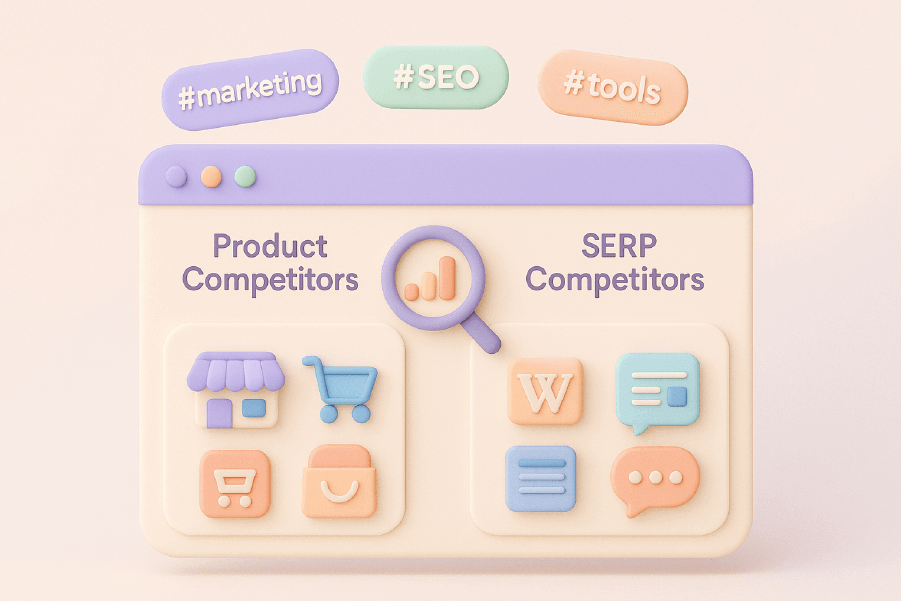The Nike Swoosh is one of the most recognizable logos in the world, symbolizing speed, movement, and innovation. But few people know the fascinating story behind its creation. From a humble $35 design fee to becoming the face of a billion-dollar brand, the Nike Swoosh is a testament to the power of branding and visual identity.
The nike logo history is a fascinating journey from a simple design to a globally recognized symbol, reflecting Nike’s brand values and cultural impact.
In this article, we’ll explore the origin, evolution, and impact of the Nike Swoosh design, revealing how a simple stroke became a global icon.
The Origin of the Nike Swoosh: A Design Worth $35

Who Designed the Nike Swoosh? A Graphic Design Student
The Nike Swoosh was created in 1971 by Carolyn Davidson, a graphic design student at Portland State University. At the time, Davidson was approached by Phil Knight, co-founder of what was then known as Blue Ribbon Sports (BRS).
Phil Knight’s initial reaction to the Swoosh was lukewarm, but he needed a logo for his new athletic shoe brand and had a limited budget. Davidson agreed to the project and charged only $35 for her work—an amount that would later be recognized as one of the biggest bargains in branding history.
What Does the Nike Swoosh Represent?
The Nike Swoosh design was inspired by the Greek goddess of victory, Nike, the goddess of victory. Davidson aimed to create a logo that conveyed movement, speed, and power—key elements for an athletic brand.
The curved checkmark shape of the Swoosh represents: ✔ Motion and acceleration, reflecting the spirit of athletes. ✔ The wing of Nike, symbolizing victory and achievement. ✔ A sense of simplicity, making it instantly recognizable.
The Blue Ribbon Sports Era

The Blue Ribbon Sports era marked the beginning of Nike’s journey. Founded in 1964 by Bill Bowerman and Phil Knight, the company started as a distributor of Onitsuka Tiger shoes (now ASICS). During this period, the company’s ambitions were bigger than its initial role, and it was like they were cooking up a secret recipe for success. The Blue Ribbon Sports era laid the foundation for the Nike brand, which would later become a global icon in the world of sports and fashion.
The Early Days of Nike
In the early days of Nike, the company faced numerous challenges, including intense competition and limited resources. However, the founders’ passion for innovation and excellence drove them to push beyond their limits. The company’s early success was fueled by its ability to provide high-quality running shoes that met the needs of athletes. The Blue Ribbon Sports era was a critical period in Nike’s history, as it set the stage for the company’s future growth and success.
The Evolution of the Nike Swoosh logo

While the Nike Swoosh design has remained largely unchanged, it has gone through several refinements over the decades. The nike swoosh logo has become a global icon, embodying Nike’s brand identity and its influence in the sports and fashion industries.
1971: The Original Swoosh
- Introduced with Nike’s first line of shoes, the Swoosh quickly became synonymous with Nike shoes and apparel.
- Featured a slightly rougher design compared to today’s version.
- Paired with the word “Nike” in bold, capital letters.
1978: Refinement and Professionalism
- The Nike Swoosh became sleeker, with cleaner lines.
- Introduced alongside the Nike typeface in Futura Bold, which would later become iconic.
1985: The Michael Jordan Era
- Nike launched Air Jordan, propelling the brand to new heights.
- The Swoosh became a standalone symbol, gaining instant recognition.
1995: The Swoosh Stands Alone
- Nike officially removed the word “Nike” from its branding.
- The Swoosh became the sole visual identity of the brand.
- This decision cemented Nike’s brand power, as consumers immediately recognized the Swoosh without needing additional text.
The Role of the Nike Logo in Brand Identity

The Nike logo, also known as the Swoosh, plays a crucial role in the company’s brand identity. Designed by Carolyn Davidson, a graphic design student at Portland State University, the logo was created in 1971 for just $35. The Swoosh logo has undergone several changes over the years, but its core design remains the same. The logo is a powerful visualization of movement and purpose that sums up the Nike brand’s proposition.
Developing a Strong Brand Identity
A strong brand identity is essential for any company, and Nike is no exception. The company’s brand identity is built around its iconic logo, which is recognized globally. The Nike logo is more than just a symbol; it represents the company’s values, mission, and vision. The logo’s simplicity, memorability, and versatility have made it one of the most recognizable logos in the world. The Nike brand’s strong identity has been developed over the years through its commitment to innovation, excellence, and customer satisfaction.
The Nike logo has played a significant role in the company’s success, and its impact on the brand’s identity cannot be overstated. The logo has become synonymous with athletic excellence, innovation, and style. The Nike brand’s strong identity has enabled it to build a loyal customer base and establish itself as a leader in the sports and fashion industries.
Why the Nike Swoosh is One of the Most Successful Logos Ever
The Nike Swoosh design isn’t just a logo—it’s a symbol of determination, success, and excellence. But what makes it so powerful? Among iconic logos, the Nike Swoosh stands out for its simplicity, recognizability, and cultural significance.

1. Simplicity & Memorability
✔ The Swoosh is minimalist yet instantly recognizable.
✔ A simple shape means it’s easy to reproduce across all mediums.
2. Emotional Connection
✔ Represents victory, movement, and speed, aligning with Nike’s mission.
✔ Athletes and customers associate the Swoosh with achievement.
3. Versatility & Adaptability
✔ The Swoosh works on shoes, apparel, and digital media without losing impact.
✔ It has evolved without needing drastic changes, maintaining brand consistency.
4. Brand Power & Marketing
✔ Nike’s marketing campaigns, featuring Michael Jordan, Serena Williams, and Cristiano Ronaldo, have made the Swoosh synonymous with greatness.
✔ The famous “Just Do It” slogan, introduced in 1988, strengthened its cultural impact.
The $35 Logo That Turned Into a Multibillion-Dollar Symbol

Although Carolyn Davidson was initially paid only $35 for the design, Nike later acknowledged the enormous value of her contribution.
- In 1983, Phil Knight gave Davidson a gold Swoosh ring and an undisclosed amount of Nike stock—a decision that compensated her in a much bigger way.
- Today, Nike is worth over $190 billion, and the Swoosh is a core part of its success. The Swoosh, as Nike’s official logo, has played a crucial role in the brand’s financial success.
The Cultural Impact of the Nike Swoosh: A Cultural Icon
The Nike Swoosh design has transcended sports—it’s a fashion statement, a status symbol, and a cultural icon.
✔ Seen on Olympic athletes, pop stars, and streetwear enthusiasts alike. ✔ Used in collaborations with high-end brands like Off-White, Louis Vuitton, and Travis Scott. ✔ A symbol of perseverance, encouraging people to “Just Do It”. The nike logo history is a testament to its cultural impact, transcending sports to become a fashion statement and status symbol.
Conclusion: A Timeless Symbol of Success
The Nike Swoosh design started as a $35 student project, but it has grown into one of the most valuable logos in history. Its simplicity, emotional appeal, and adaptability make it a timeless icon.
Every time you see the Nike Swoosh, remember: it’s not just a checkmark—it’s a symbol of movement, victory, and ambition.






